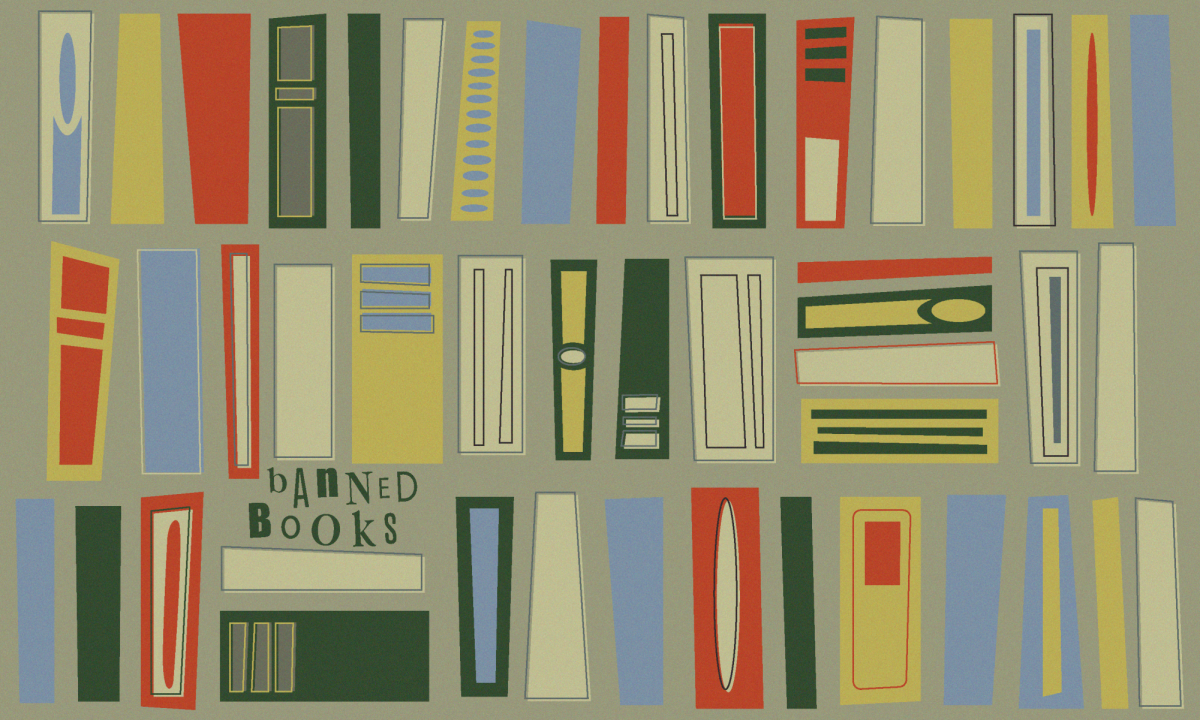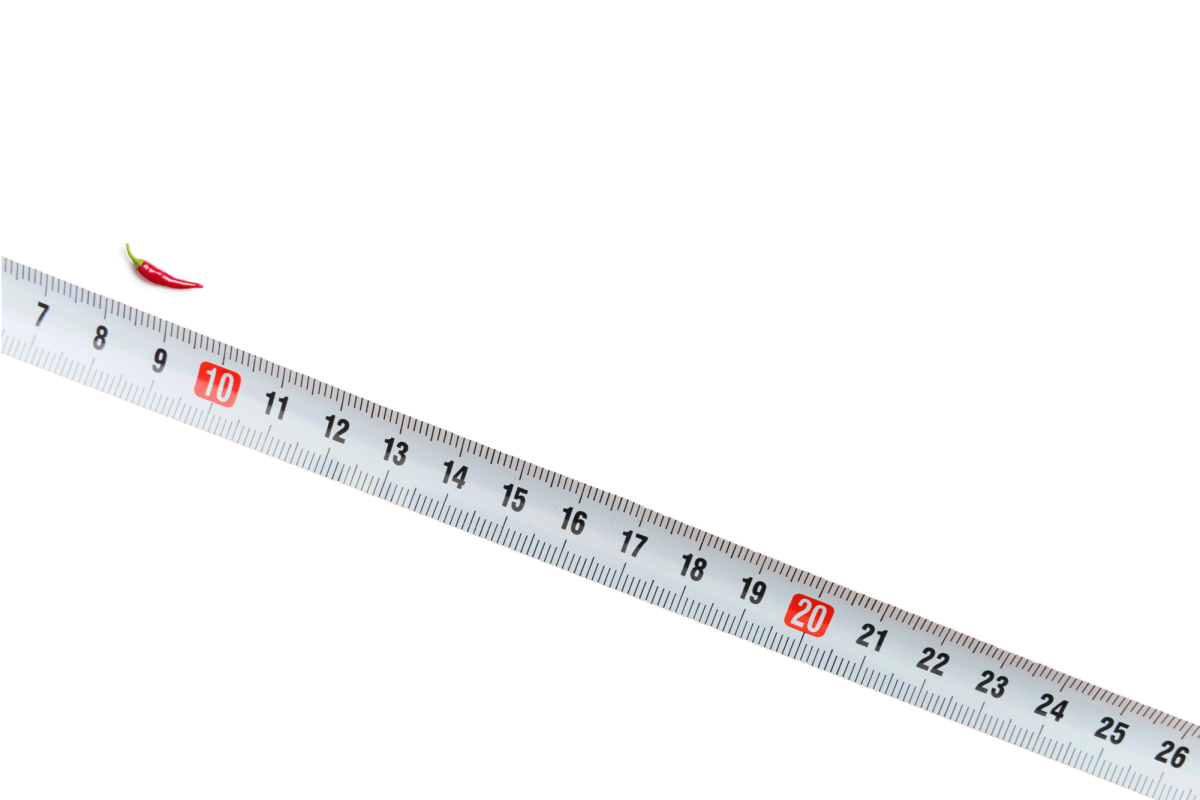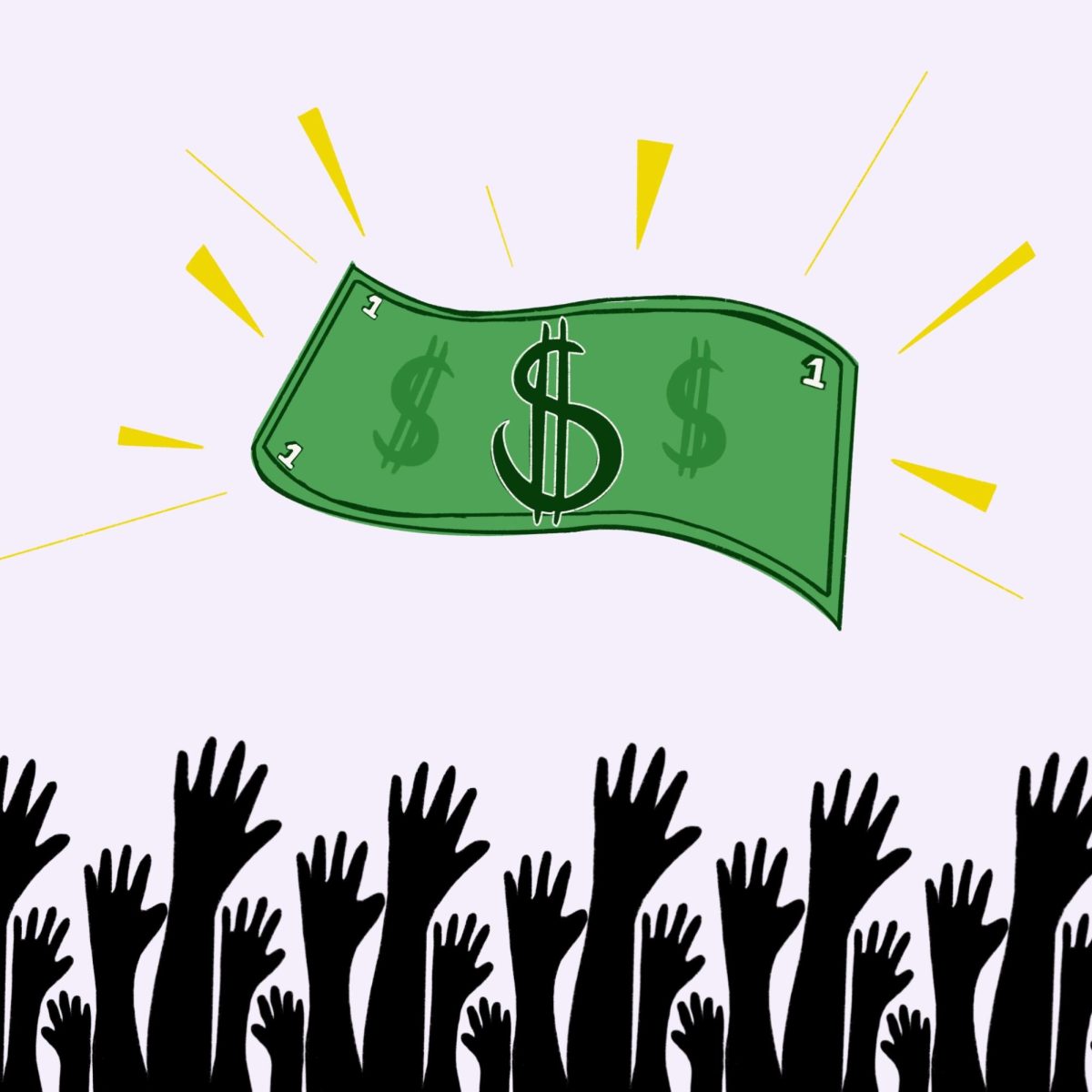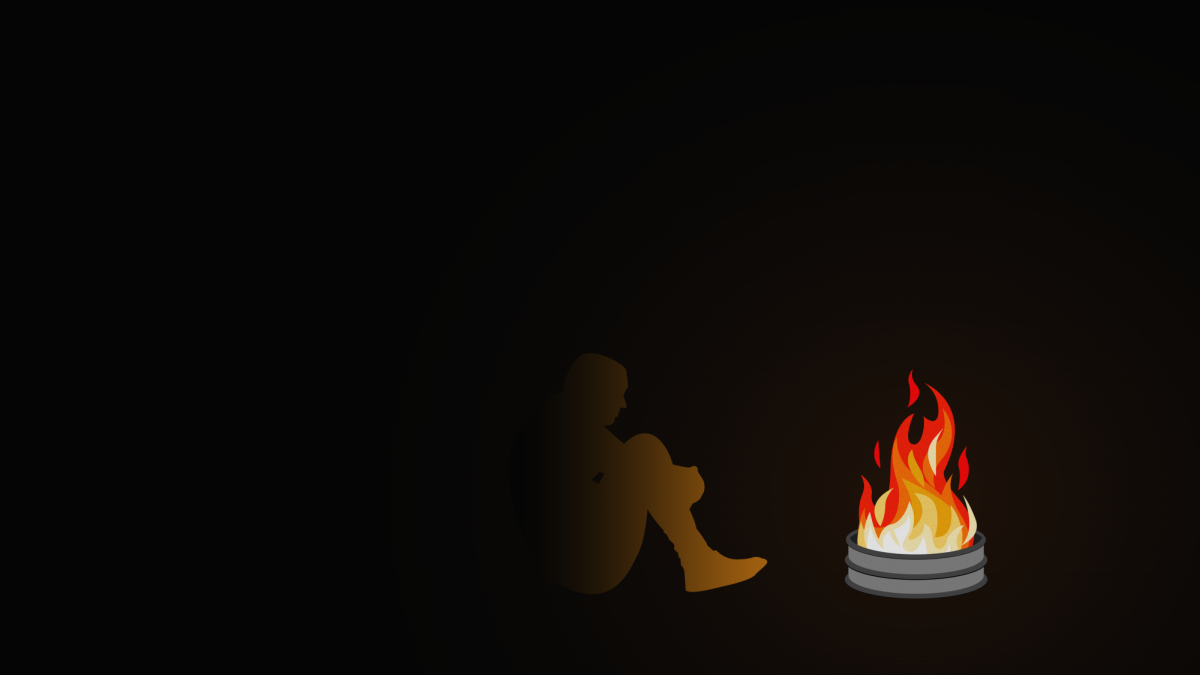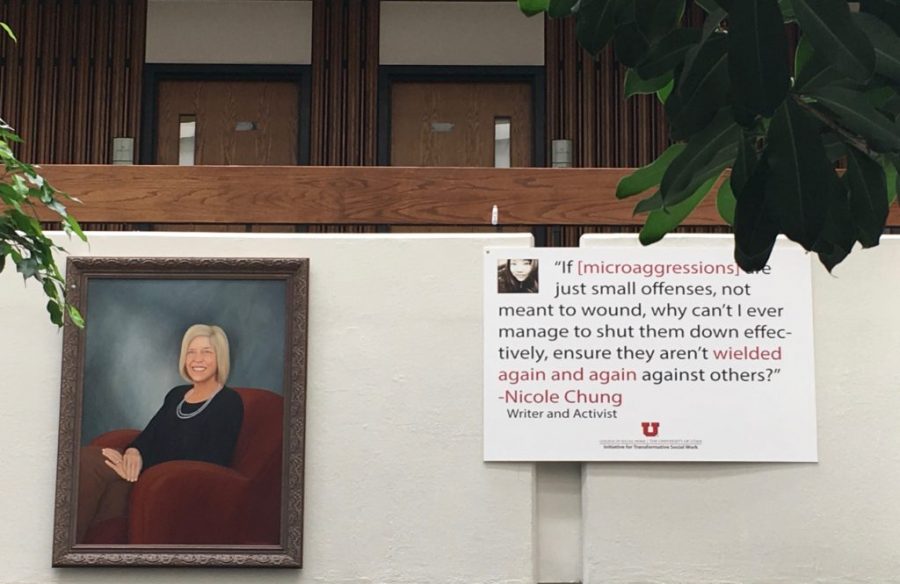Since joining the Pac-12 in 2011, the U has clearly exhibited a juxtaposition of the 20th century and the modern era. Near ubiquitous construction has spread across campus like wildfire, resulting in gleaming new colleges, libraries and exercise facilities. Aging relics — such as the Behavioral Sciences Tower — urgently await demolition. Yet, these changes only account for what is physically observable, speaking little to the remarkable intellectual transition among students. With the emergence of awareness of microaggressions, has come a clear departure from the classic values of the past, and we are working towards a society that abstains from offensive thought.
A term coined by Harvard professor Chester M. Pierce in 1970, microaggression is defined as the “brief, everyday exchanges that send denigrating messages to certain individuals because of their group membership.” Since their conception, microaggressions have extended into every daily interaction, whether it be verbally communicated or not. Thus, while its roots date back nearly 40 years, the ideology’s popularity is a relatively new phenomenon.
Originating in liberal college campuses, naming microaggressions was an attempt to discuss the discriminatory underpinnings of modern society. According to Derald Sue of Columbia University, “microaggressions are often unconsciously delivered in the form of subtle snubs or dismissive looks, gestures, and tones.” For instance, if a minority student were to walk into a building and observe murals of only white men, this would constitute an environmental microaggression. The student would clearly feel underrepresented. Indeed, while discrimination is technically illegal, it still affects minority groups.
Microaggressions have slowly evolved, so that now they generate a sense of victimhood, a defining characteristic of many university students. Professors are now forced to reconsider each word, otherwise facing political protest from students across campus. Last year, following an email to students expressing freedom of choice regarding Halloween costumes, a Yale professor resigned due to student outrage. At Clark University, incoming freshman are taught about the intricacies of microaggressions, beginning during orientation. Phrases such as, “can you help me with my homework,” said to the wrong person, are labeled examples of propagating stereotypes.
At the University of Minnesota, a document distributed to students sets forth a series of microaggressions of which students should be constantly conscious. While some of these make sense, such as, “You are a credit to your race,” there are many others that have no merit. Simply equating America to being a melting pot supposedly forces minority students to assimilate into the dominant [white] culture. Not only is this an excessive barrier to free speech, but it lays the foundation for using the excuse of microaggressions to abstain from studying offensive materials. The intent of each university should be to educate students, not pander to each group of individuals.
At the U’s College of Social Work, along each wall is a poster describing a specific microaggression. Yet beneath each of these quotes, there is a portrait of a white male, leaning back in his office chair. On a single wall is a painting of a female, but even she is white. This is unabridged irony, and a failure by college administrators to adequately support their message. Therein lies the problem with microaggressions; they have simply lost meaning. Instead of promoting intellectual discourse of racial injustice, microaggressions have polarized college campuses.
Students who belong to the majority aren’t fond of being informed that their subtle, unintentional actions mean they’re biased against minorities. These students are subsequently forced to defend themselves, which preserves a broken system. Conversely, those who support checks on language grow increasingly disenfranchised, as their majority counterparts do not support strict rules on communication. Whenever something offensive is said, students immediately see themselves as victims, creating a tirade of upheaval and protest. In lieu of mob mentality, peaceful discussion should be preferred — it rarely is, though.
While less apparent, the presence of racism still lingers in the United States. Although identifying microaggressions began as an appropriate way of identifying discrimination, it’s become an overbearing language barrier. This prevents open dialogue, which limits discussion of modern injustice. If one cannot ask where someone was born, for fear of suggesting superior “Americanism,” where will language end up ten years from now? Will law schools be forced to abandon teaching law because it has too many sensitive, unfair attributes? The U.S. is far from having complete societal equality, that much is undeniable. Yet, if the pracitice of calling out microaggressions isn’t reformed, inequality will persist unabated. It’s on college students to begin that process.













